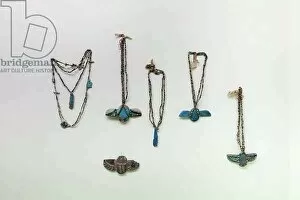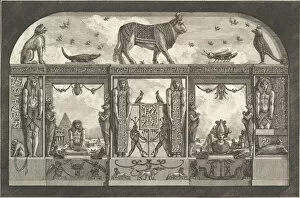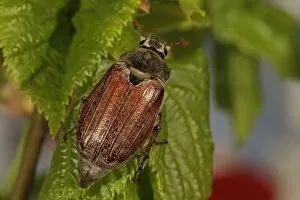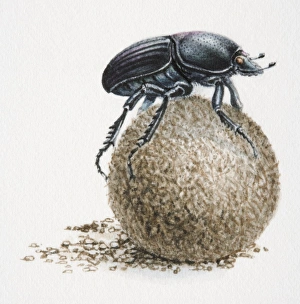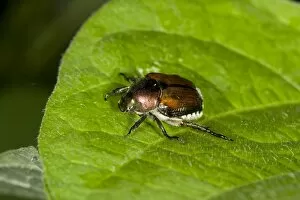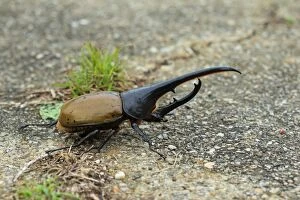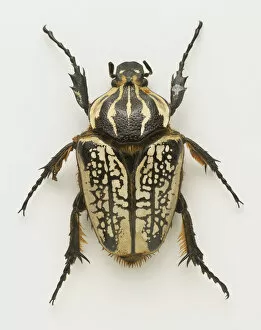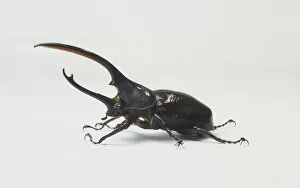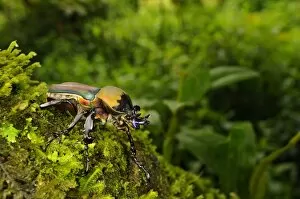Scarabs Collection
"Unveiling the Mysteries of Scarabs: Ancient Egyptian Symbols and Beyond" Step into the captivating world of scarabs
All Professionally Made to Order for Quick Shipping
"Unveiling the Mysteries of Scarabs: Ancient Egyptian Symbols and Beyond" Step into the captivating world of scarabs, as we explore their significance in ancient Egypt and beyond. These small beetles, also known as dung beetles, held immense cultural and religious importance to the Egyptians. One remarkable artifact that showcases this reverence is an ancient Egyptian pectoral discovered in Tutankhamun's tomb. They were not just ordinary insects; they symbolized the sun god worshipped by the ancient Egyptians. These fascinating creatures were often used as amulets and seals, believed to bring good luck and protection to their wearers. The Astronomical table painted on the ceiling of the first Tomb of Kings in Byban el Molouk further illustrates their celestial connection. The allure extended far beyond Egypt's borders. Giovanni Battista Piranesi, a renowned artist from 18th-century Italy, captured their beauty in an exquisite ornament. His intricate engravings showcased these beetles' delicate features with unparalleled precision. Fantaisies decoratives provided another platform for showcasing scarab artistry through Gillot's engravings. Plate 38 transports us into a whimsical realm where vibrant beetles take center stage amidst decorative motifs. One exceptional artifact that stands out is the Wild Bull Hunt Scarab attributed to Amenhotep III during his reign from c. 1391-1353 BC—an intriguing glimpse into royal symbolism intertwined with nature's wonders. Beyond historical depictions, artists have continued to find inspiration in these enchanting creatures throughout time. Artworks featuring dung beetles rolling balls or perched atop them remind us of their industrious nature and resilience against adversity. While scarabs may be synonymous with ancient Egypt, other species like Cockchafer (May bug) or Garden Chafer (Phyllopertha horticola) share similar characteristics—reminders that nature holds its own wonders across the globe.

